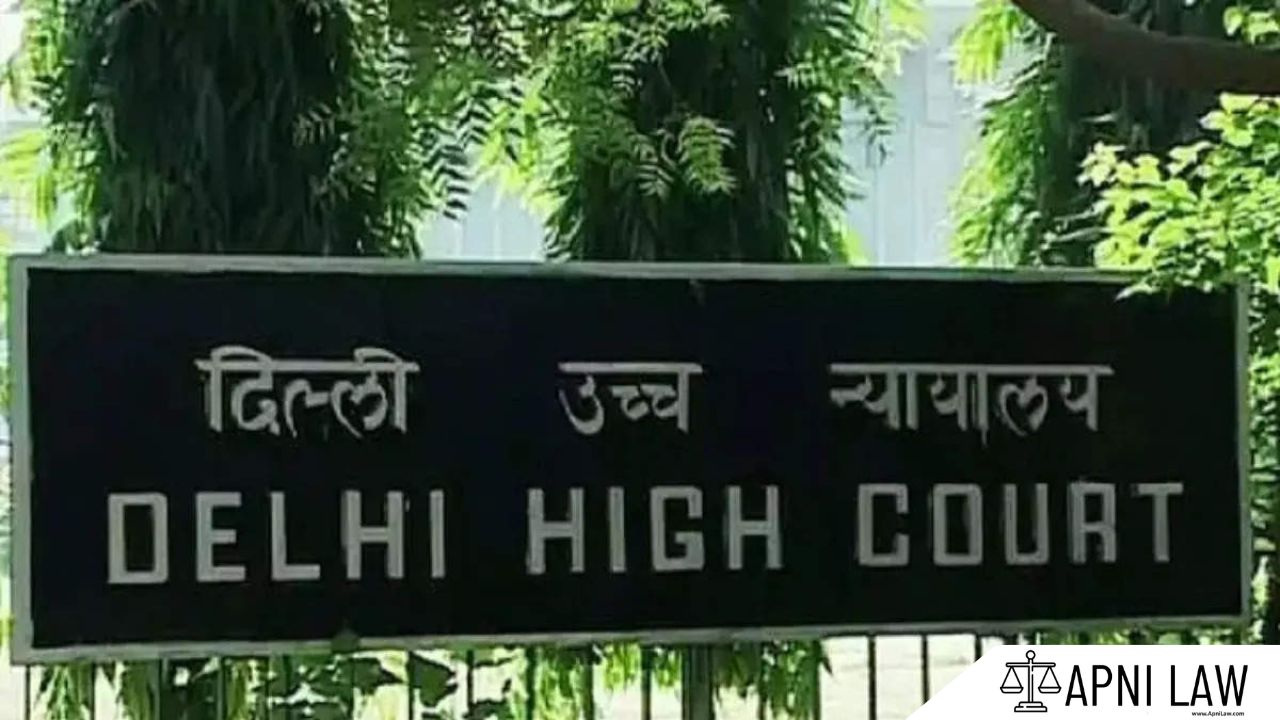Code: Section 44 DPDP Act
(1) In section 14 of the Telecom Regulatory Authority of India Act, 1997, in
clause (c), for sub-clauses (i) and (ii), the following sub-clauses shall be substituted,
namely:—
“(i) the Appellate Tribunal under the Information Technology Act, 2000;
(ii) the Appellate Tribunal under the Airports Economic Regulatory Authority
of India Act, 2008; and
(iii) the Appellate Tribunal under the Digital Personal Data Protection
Act, 2023.”.
(2) The Information Technology Act, 2000 shall be amended in the following manner,
namely:—
(a) section 43A shall be omitted;
(b) in section 81, in the proviso, after the words and figures “the Patents
Act, 1970”, the words and figures “or the Digital Personal Data Protection Act, 2023”
shall be inserted; and
(c) in section 87, in sub-section (2), clause (ob) shall be omitted.
(3) In section 8 of the Right to Information Act, 2005, in sub-section (1), for clause (j),
the following clause shall be substituted, namely:—
“(j) information which relates to personal information;”.
Explanation of Section 44 DPDP
Section 44 updates three existing laws in India to align them with the DPDP Act, 2023. These changes ensure smooth integration of the new data protection framework across other regulatory areas.
Let’s break down the changes:
- The Telecom Regulatory Authority of India Act, 1997
Section 14(c) is updated. It now includes the Appellate Tribunal under the DPDP Act as one of the designated tribunals for resolving telecom disputes. - The Information Technology Act, 2000
- Section 43A (which earlier dealt with compensation for data breaches) is removed.
- Section 81 is revised to clarify that the DPDP Act takes precedence, like the Patents Act.
- Clause (ob) under Section 87(2), which allowed rule-making for data protection, is removed.
- The Right to Information (RTI) Act, 2005
Section 8(1)(j) is replaced. It now broadly exempts “personal information” from being disclosed under RTI, matching the privacy principles of the DPDP Act.
These amendments help reduce legal overlap and ensure consistency in how personal data is handled across Indian laws.
—
Illustration
Let’s look at three examples to understand these changes better:
- A telecom dispute that also involves a privacy concern may now go before the DPDP Appellate Tribunal, thanks to the update in the TRAI Act.
- Earlier, companies could be held liable under Section 43A of the IT Act for data breaches. Now, the DPDP Act solely governs those matters.
- Under the revised RTI Act, someone requesting another person’s health records can be denied access simply because it is now classified as “personal information.”
—
Common Questions and Answers on Section 44 DPDP
- Why was Section 43A of the IT Act removed?
The DPDP Act now exclusively governs data protection. Keeping Section 43A would create confusion or duplication. Its removal streamlines data privacy law.
- What is the impact of the RTI amendment?
The change strengthens individual privacy. It protects personal data from being disclosed under RTI requests unless public interest justifies it.
- Does the DPDP Tribunal now handle telecom cases?
No, not all telecom cases. Only those related to personal data under the DPDP Act may go to this tribunal. The change in the TRAI Act clarifies jurisdiction.
- What does the amendment to Section 81 of the IT Act do?
It makes it clear that the DPDP Act, like the Patents Act, has overriding power in case of a conflict with other laws.
- Are these amendments already in force?
Yes. These changes came into effect when the DPDP Act was enacted. They ensure the Act works smoothly with other laws from day one.
—
Conclusion
Section 44 of the DPDP Act plays a key role in harmonizing India’s legal system with the new digital privacy framework. By updating the TRAI Act, the IT Act, and the RTI Act, it eliminates outdated provisions and aligns various laws with modern privacy standards. This ensures a more unified, efficient, and clear legal approach to personal data protection in India.
For simplified legal updates and more DPDP breakdowns, visit ApniLaw.








